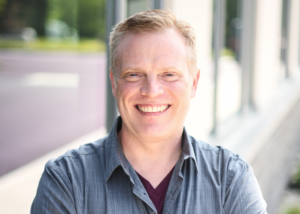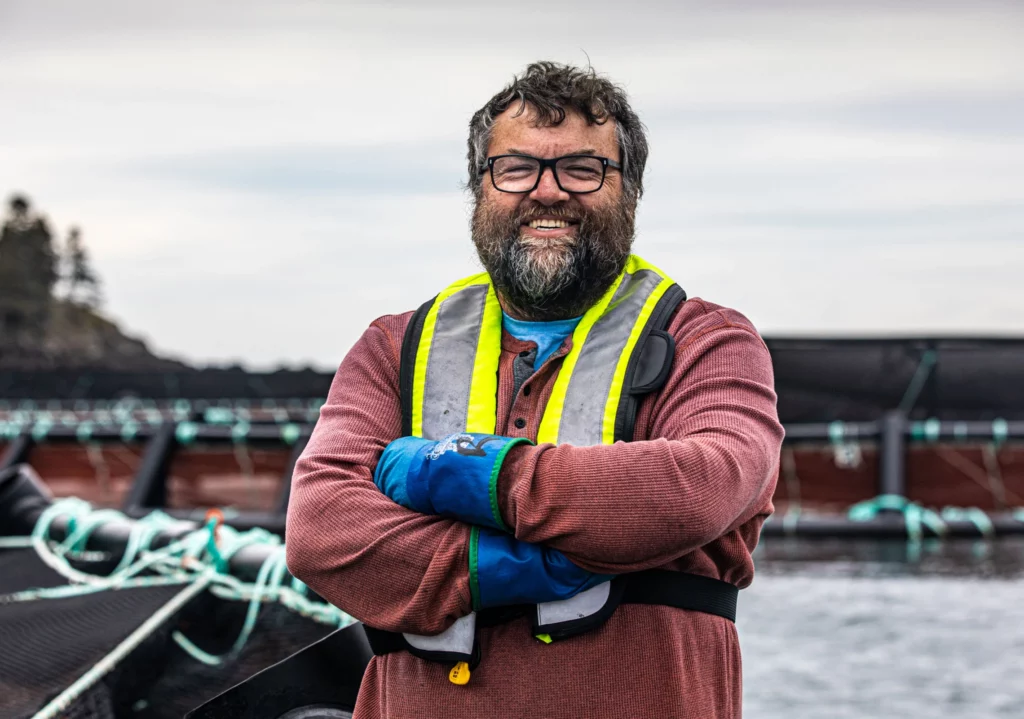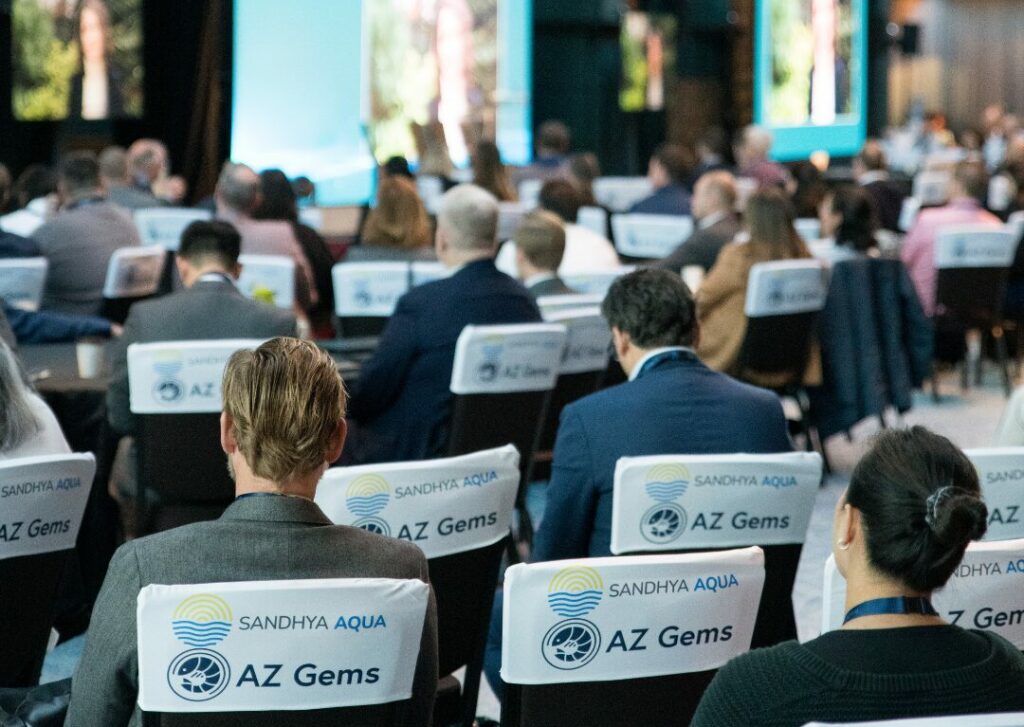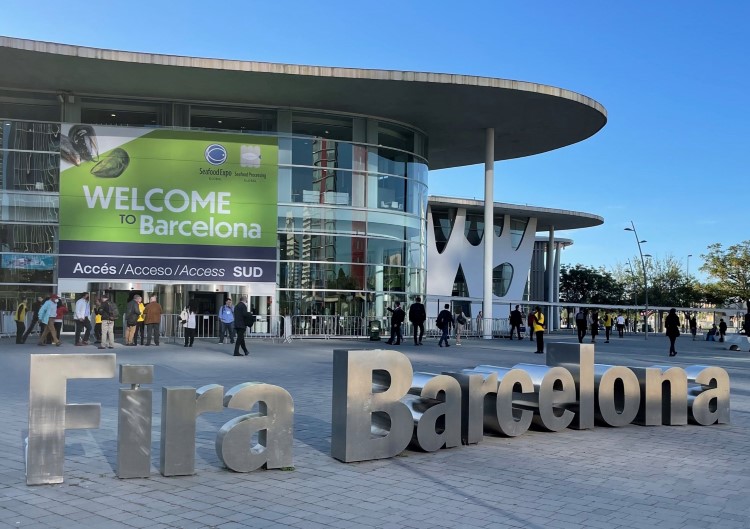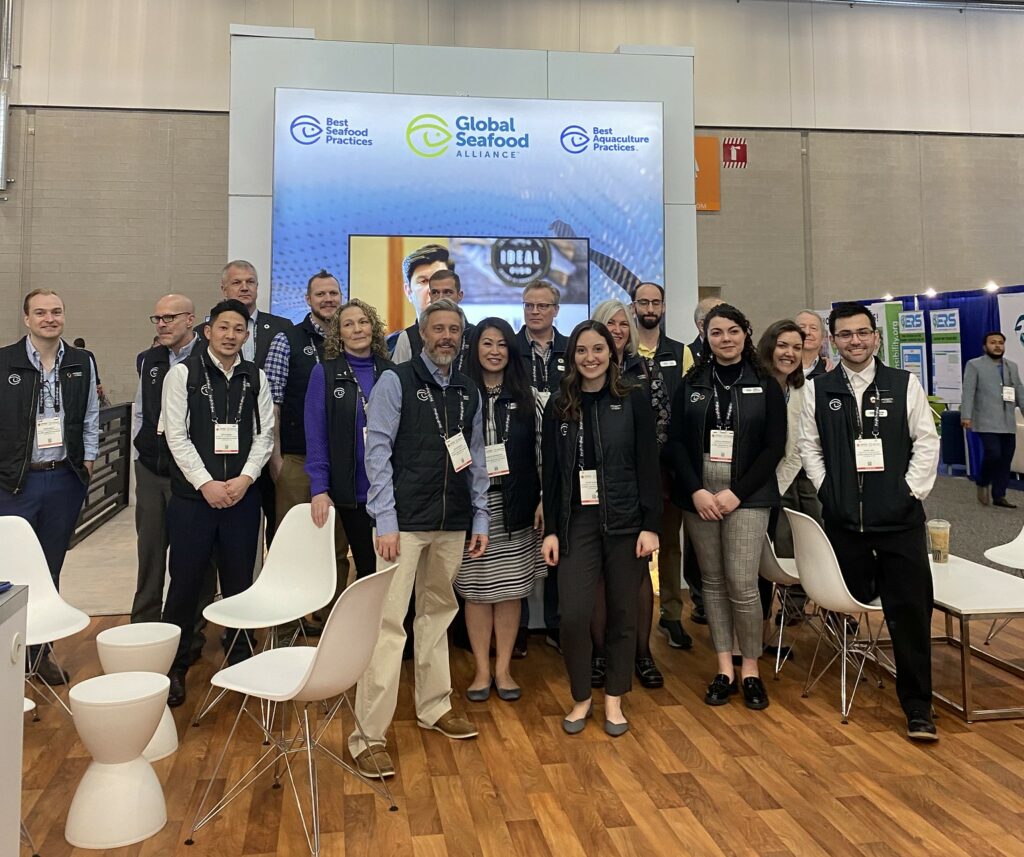From Our Expert Network: The Future of the BAP Feed Mill Standard
GSA’s Steve Hart discusses his background in aquaculture feeds and what’s next for the BAP Feed Mill Standard.
Let’s take a moment and look at where everything in the aquaculture supply chain truly begins: feeds. I think it’s widely recognized that the Best Aquaculture Practices (BAP) certification program involves audits of hatcheries, farms, processing plants and feed mills, but we don’t spend enough time talking about the feeds themselves and where the ingredients are from.
In leading GSA’s Market Development team, I work with stakeholders from the entire seafood supply chain, from both the farmed and wild sectors. With a Ph.D. in fish nutrition and experience working with the soy industry and feed companies, aquafeeds will always be an issue that I’m passionate about.
All GSA stakeholders should know how seriously we take feed issues, as they reside at the intersection of fisheries and aquaculture. I am proud that GSA has incorporated responsible sourcing requirements into its standards and was an early adopter of adding certified soy and palm oil requirements. Added to the Feed Mill Standard in 2017, with an implementation date of June 2022, was a requirement that 50 percent of all soy and 100 percent of all palm oil sourced by BAP-certified feed mills needs to be from a certified soy or palm oil producer.
BAP also requires that 50 percent of all fishmeal and fish oil sourced by certified mills be responsibly sourced, a level that increases to 75 percent for salmonid feeds. In the last two years alone, BAP-certified feed mills produced 10.3 and 10.7 million metric tons of feed (2023 and 2024, respectively). And in just those two years, I estimate that more than 2 million metric tons of certified soy and 1.5 million metric tons of responsibly sourced fisheries products were added to BAP-certified feeds. As I reflect on how GSA can make a measurable impact and be a driver of improvement, this is a significant start.
But it’s not enough, we know that. We also know the climate change challenges that face seafood are continuing to escalate, so BAP needs to adapt as well. And we know the impact that ingredients like soy can have on our stakeholders’ commitments to their own climate goals, so we need to help them reach those goals. As a result, GSA is committed to continuing to make changes and strengthen its Feed Mill Standard.
This process has already started by convening a group of experts from throughout the seafood supply chain, retailers, NGOs and technology companies with a purpose of making recommendations to GSA on reducing risk of deforestation and conversion in aquafeeds that can be addressed in the Feed Mill Standard. Furthermore, GSA will share the progress of these meetings and associated timelines as they develop. And like all GSA-administered standards, whatever changes we implement will be developed by the Standards Oversight Committee, comprising producers, academics and conservation groups to ensure it reflects broad stakeholder input in addition to marketplace requirements. Please follow the GSA blog for updates.
How do we rapidly increase BAP certified feeds above 2 million metric tons of certified deforestation- and conversion-free soy under limited current global supplies? How do we strengthen sourcing requirements for other feed ingredients to provide stronger assurances? How do we accomplish these goals while still making them achievable and practical for producers; especially smallholders who make up about 90 percent of global production? These are the questions that we at GSA are committed to addressing this year. How do we collaborate to not only make improvements to feed supply, but for all seafood? What other questions do you have for us? Reach out to me directly or share your thoughts with my team at marketdev@globalseafood.org.
Steve Hart
VP Market Development
